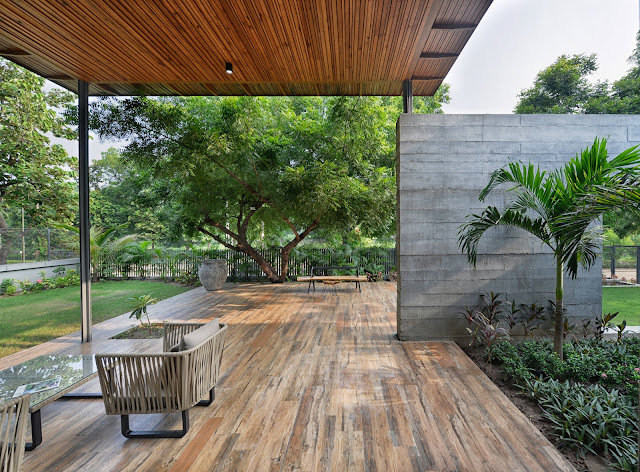The Essence of Landscape Design in India
Amongst India's diverse landscapes, the practice of landscape design thrives as a harmonious blend of tradition and nature. From the high peaks of the Himalayas to the sandy shores of the Indian Ocean, each part of India offers a unique canvas for creative expression. Let us dive deep into the world of landscape design in India and explore its rich history, changing trends and significance.
Landscape design in India
has its roots back in ancient civilizations, where gardens and parks were
hugely significant. The Mughas were known for their architectural excellence.
They left an big mark on landscape design with iconic innovations such as the
Charbagh garden layout, characterized by symmetry and water features. Also, the
concept of Vastu Shastra, an ancient architectural philosophy emphasizing
harmony with nature still continues to influence contemporary landscape design
practices in India.
The most important defining feature of landscape design in India is its celebration of diversity. The terraced gardens of Kashmir to the arid landscapes of Rajasthan landscape designers draw inspiration from the country's varied regional diversity. Traditional elements such as courtyards, pavilions and water bodies co-exist with modern amenities, creating beautiful spaces that resonate with both traditional heritage and innovation.
Sustainable landscape design has emerged as a guiding principle in this era marked by environmental consciousness and sustainable practices. Designers, planners and architects in India are regularly integrating eco-friendly practices into their projects, for example- rainwater harvesting, local plant selection, and energy-efficient lighting choices. Minimizing ecological footprint and promoting biodiversity helps such designs not only conserve resources but also creates a much deeper connection with the environment.
The concept of landscape design in India is deeply intertwined with cultural rituals and local traditions. Temple complexes are adorned with sacred groves whilst local parks serve as social hubs making landscapes play a crucial role in shaping collective identity and fostering a sense of belonging amongst the people. Indian festivals like Navaratri and Baisakhi witness the adornment of public spaces with vibrant flowers and truly highlight the festive spirit and cultural heritage.
India currently is undergoing rapid urbanization and the role of landscape design in shaping sustainable cities has truly gained importance. New concepts like green roofs, vertical gardens, and urban forests are widely being integrated into urban planning frameworks to mitigate the adverse effects of this rapid urbanization. The overall emphasis on wellness and lifestyle has led to an increase in gardens and wellness retreats, where nature serves as a calming tonic for the mind and body.
Overall, landscape design
in India is a reflection of the country's vibrant cultures, stark climates, and
different landscapes.

.jpg)

.jpg)
Comments
Post a Comment